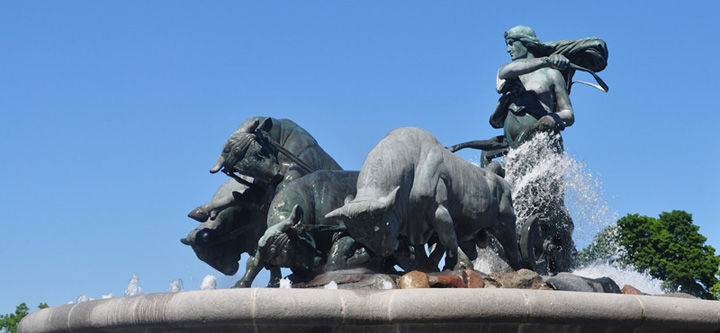
Gefion (“giver”) is an old-Scandinavian vegetation and fertility goddess, especially connected with the plough. She was considered the patron of virgins and the bringer of good luck and prosperity. Every girl who dies a virgin will become Her servant. She is married to King Skjold or Scyld a son of Odin, and lived in Leire, Denmark, where she had a sanctuary. The Swedish kings are supposed to be her descendants.
It is traditionally claimed that Gefion created the island of Zealand (“Sjaelland” in Danish) by ploughing the soil out of the central Swedish region with the help of her sons (four Swedish oxen), creating the great Swedish lakes in the process. In Copenhagen, Denmark, there is a large fountain showing Her in the process of ploughing.
Gefion could be another form of Frigga who is also known under that name.

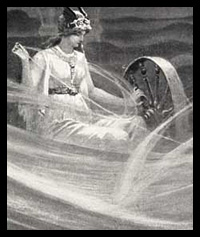 Frigga (Frigg, Fricka), Odin’s wife, was considered to be the Mother of all; and protector of children. She spins the sacred Distaff of life, and is said to know the future, although she will not speak of it. Some believe that Friday was named for her instead of
Frigga (Frigg, Fricka), Odin’s wife, was considered to be the Mother of all; and protector of children. She spins the sacred Distaff of life, and is said to know the future, although she will not speak of it. Some believe that Friday was named for her instead of 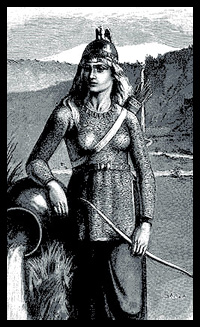 Skadi is the Goddess of Winter and of the Hunt. She is married to
Skadi is the Goddess of Winter and of the Hunt. She is married to 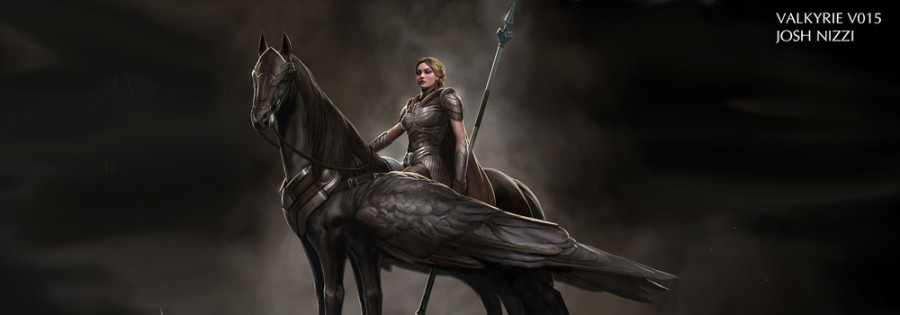
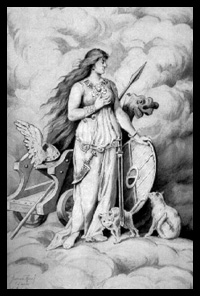 Freyja (modern forms of the name include Freya, Freja, Freyia, Frøya, and Freia) is considered to be the goddess of Love and Beauty, but is also a warrior goddess and one of great wisdom and magick. She and her twin brother
Freyja (modern forms of the name include Freya, Freja, Freyia, Frøya, and Freia) is considered to be the goddess of Love and Beauty, but is also a warrior goddess and one of great wisdom and magick. She and her twin brother